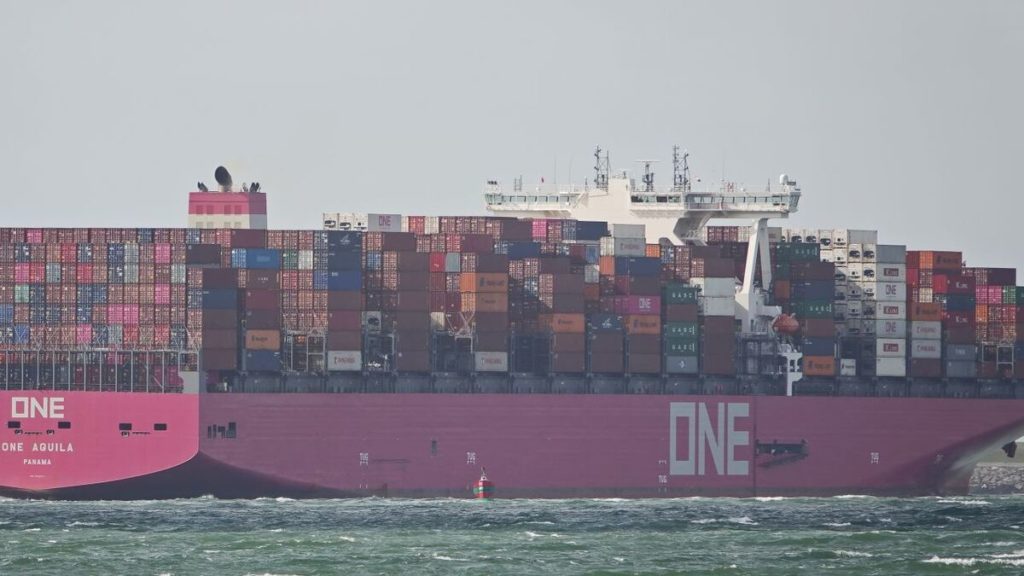Weather routing reduces container loss risk

Investing in weather and vessel motion forecasting can prevent lost containers and damaged vessels for container ship operators, according to Riviera.
The growing number of multi-million dollar maritime losses involving containers going overboard and damaged stacks highlights the need for better voyage planning to avoid hazardous weather and sea conditions.
While proper packing, stowage, securing containers and reporting the correct weight is paramount to a successful delivery, weather is one variable that continues to wreak havoc on container transport.
The extent of these issues over the past decade was highlighted by World Shipping Council. It stated its members lost an average of 1,382 containers annually between 2008 and 2019 with most at least partially caused by weather.
With container ships stacked higher with more cargo and becoming larger year-on-year, with 24,000-TEU ships ordered from a Chinese shipyard over the past two months, it is becoming ever-more important to use weather routeing services to avoid the worst conditions.
Advancements in metocean data and technology can help ship operators reduce, or possibly avoid these significant losses, says DTN senior vice president for weather Mike Eilts.
“Weather is the fuel of the future,” he says. “Mariners have always relied on, or been at the mercy of, weather. Now, with a powerful combination of data science and weather insights, mariners can use weather to optimise their shipping operations and keep their crews and cargo safe.”
The next innovation emerging for safe seakeeping is vessel motion forecasting, notes Eilts. “Rolling is one of the main causes of container damage and loss. A ship severely rolling due to a combination of the timing of waves passing through the vessel and the ship’s natural roll parameter can cause cargo damage, loss of cargo, and in extreme cases, capsize the ship.”
This parametric rolling can particularly affect container ships due to their design, hull size, wide beam and maximum cargo capacity.
Vessel motion forecasting combines atmospheric, oceanic and wave spectra to predict the ship’s motions, such as pitch, and roll and the impact of the waves minutes before it occurs.
“It can optimise the vessel’s performance during the voyage and aid in critical seakeeping decisions when confronting choppy seas,” continues Eilts.
“We are continuing to see research and the development of innovative metocean tools. With the right data and insights, the maritime industry will have the best operational intelligence to reduce incidents that threaten cargo or crew safety.”
Read the full article online.










